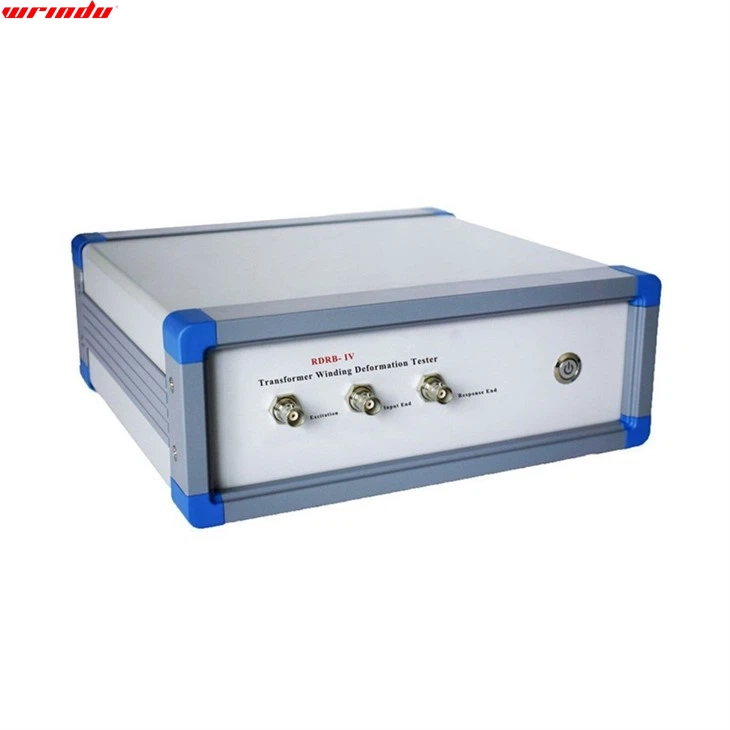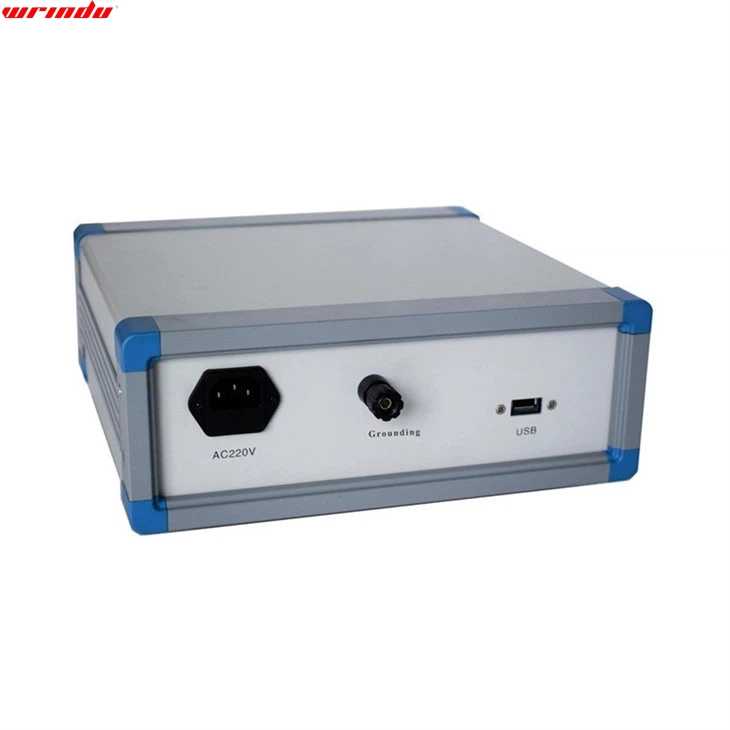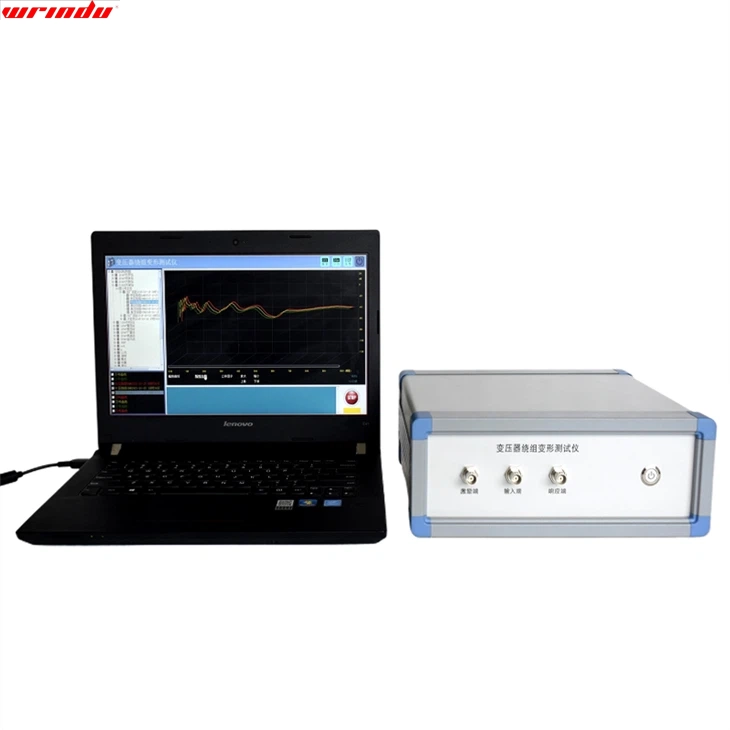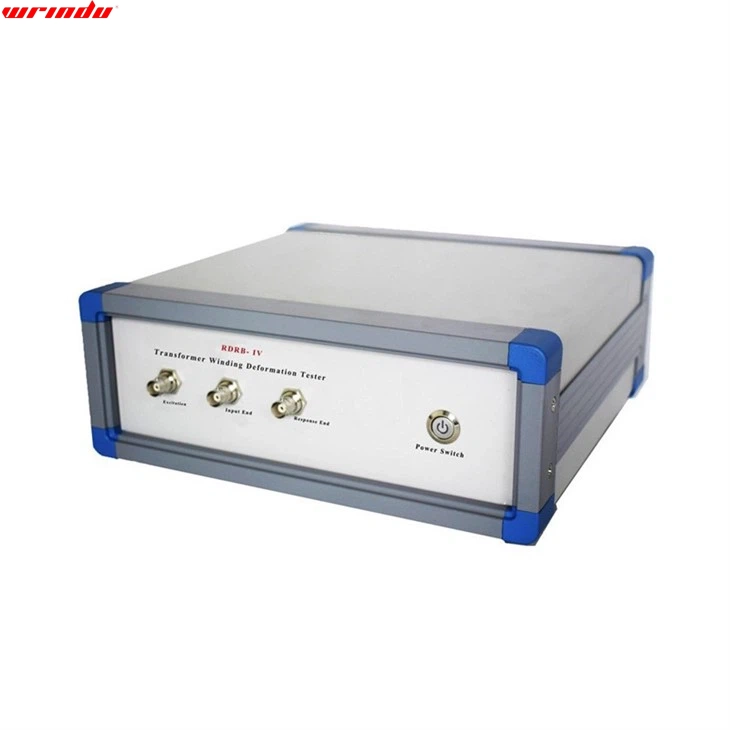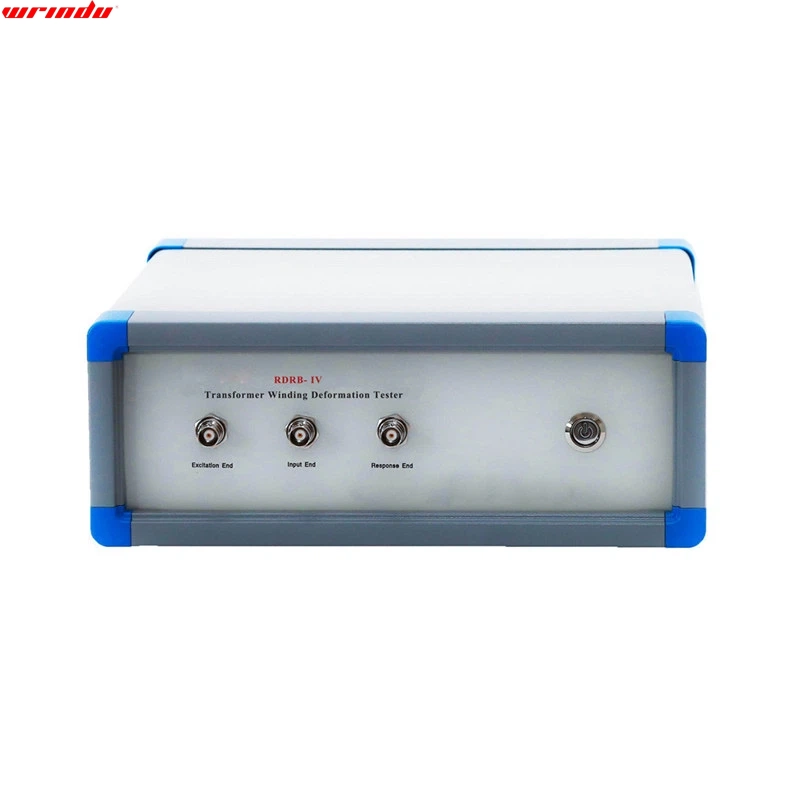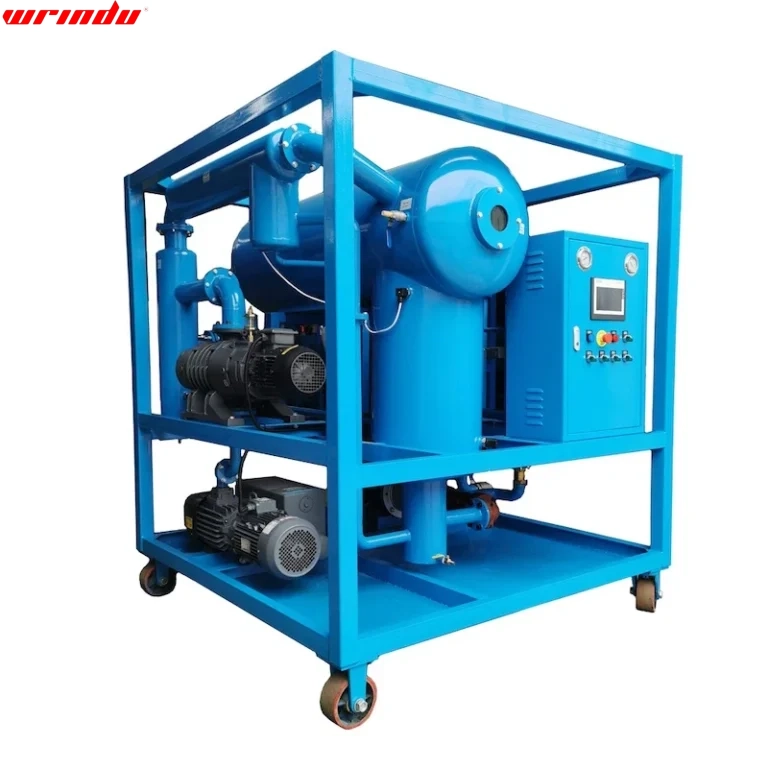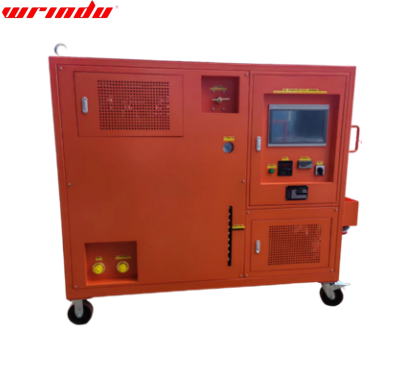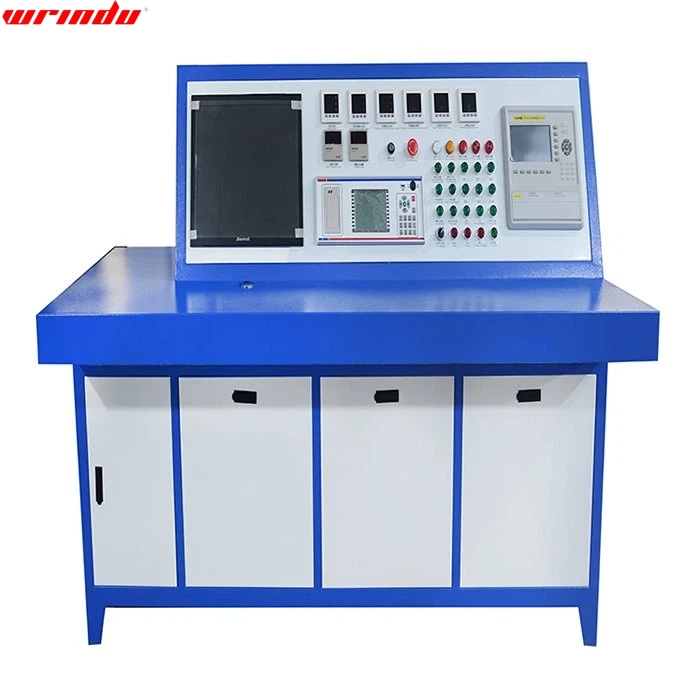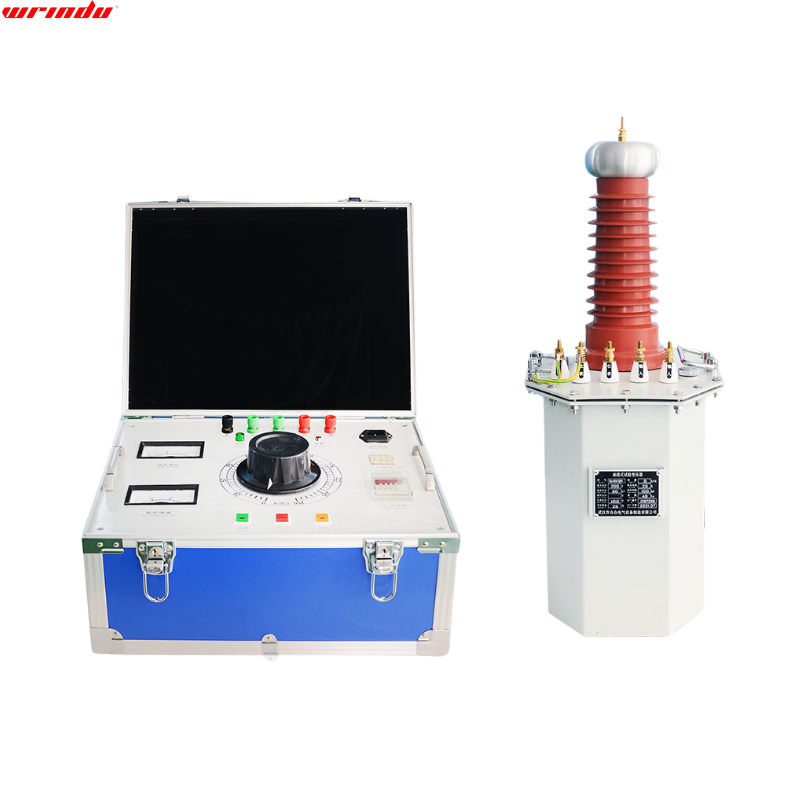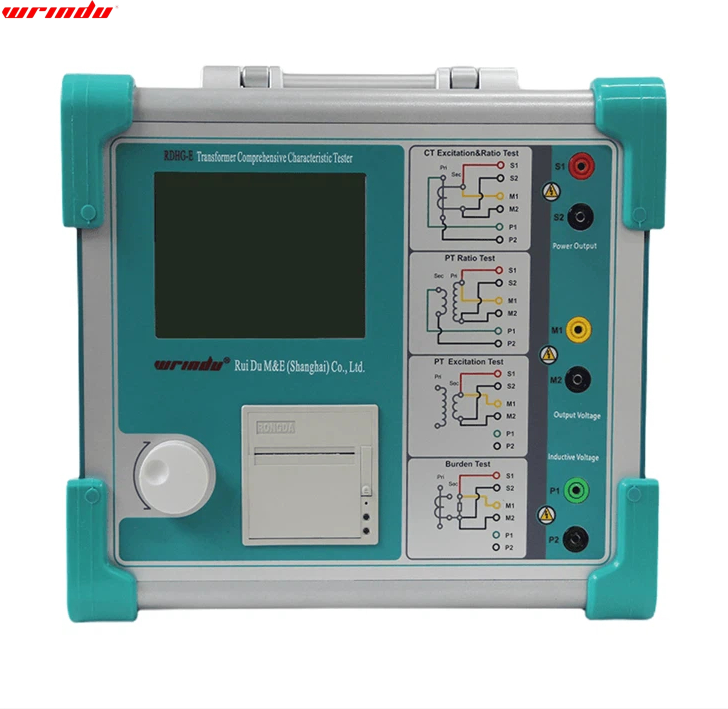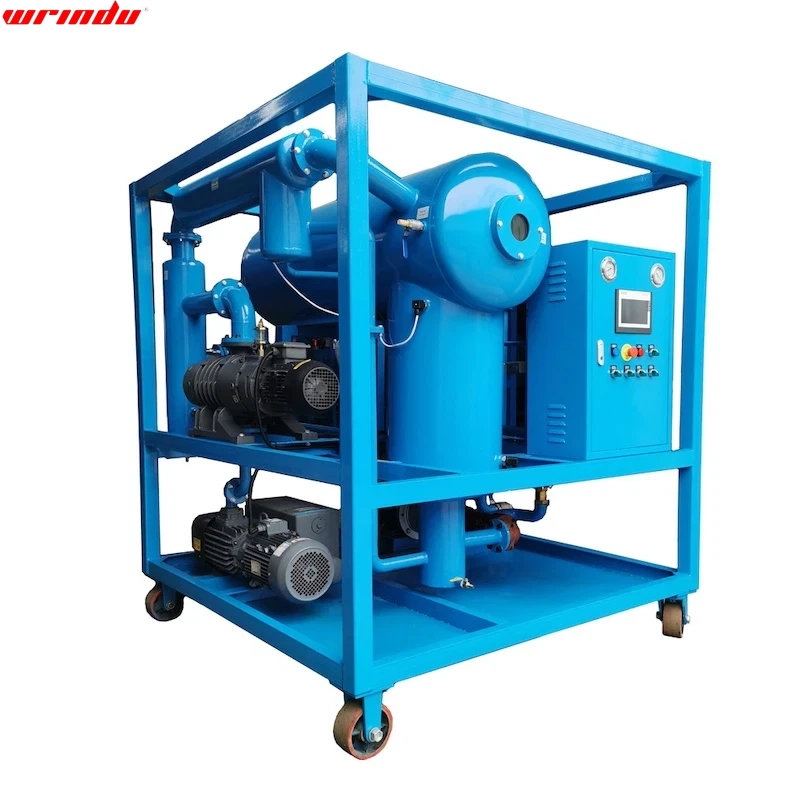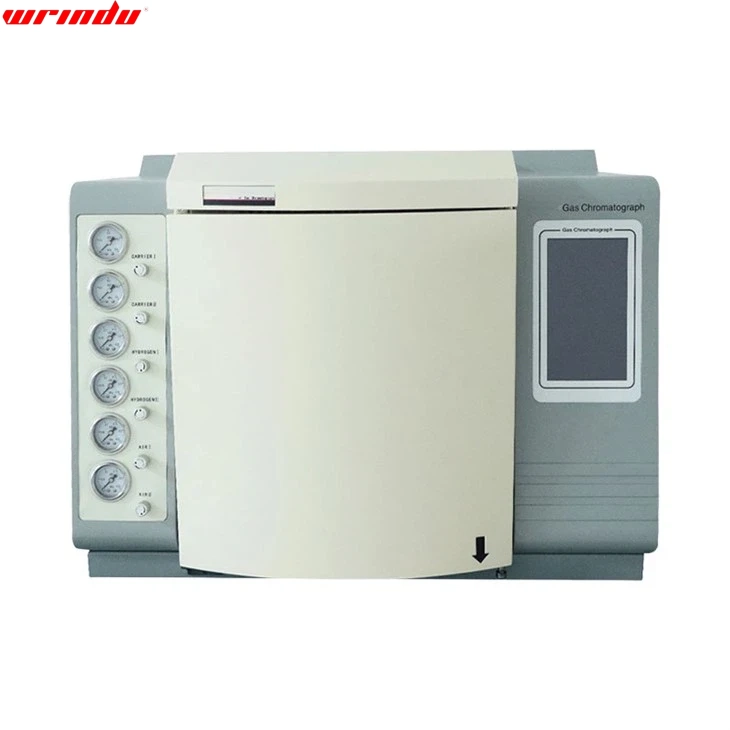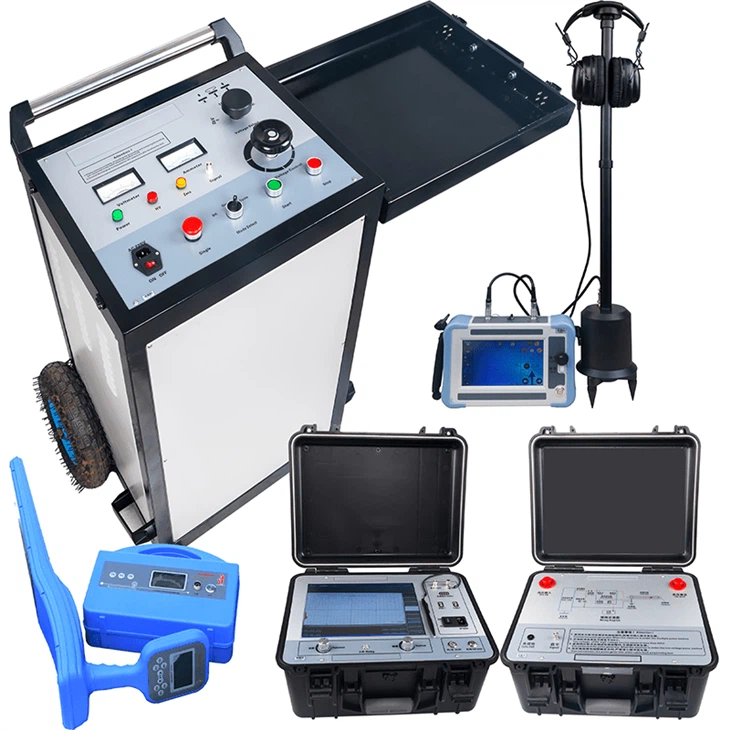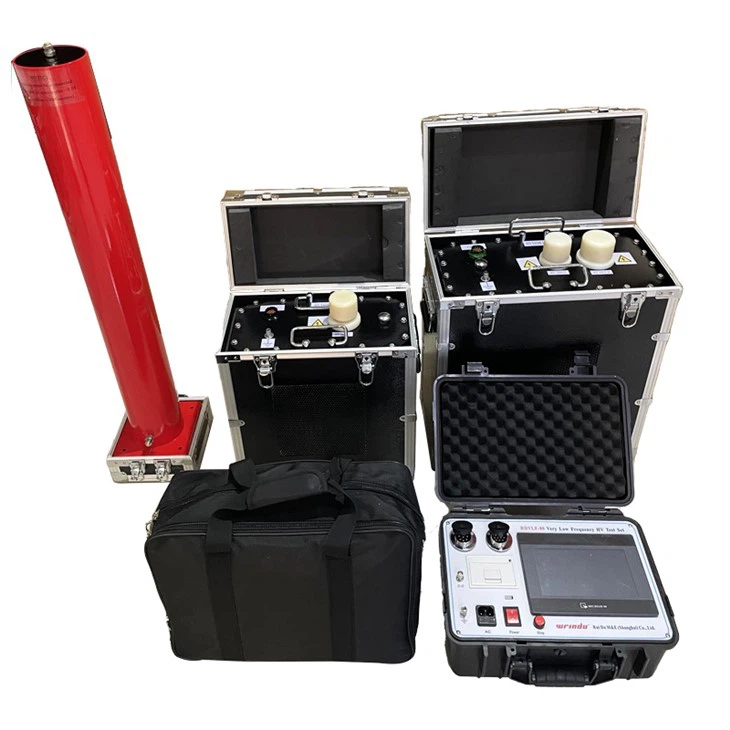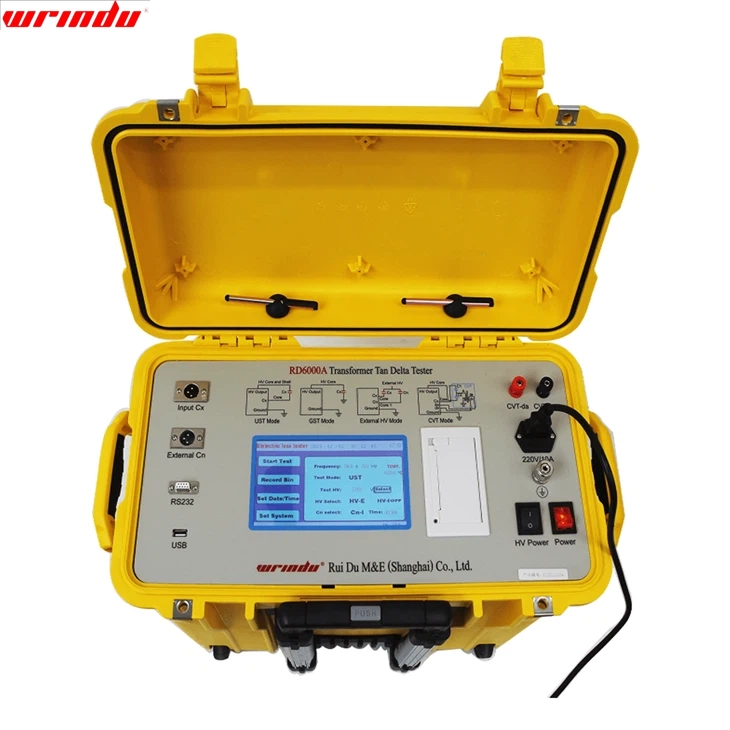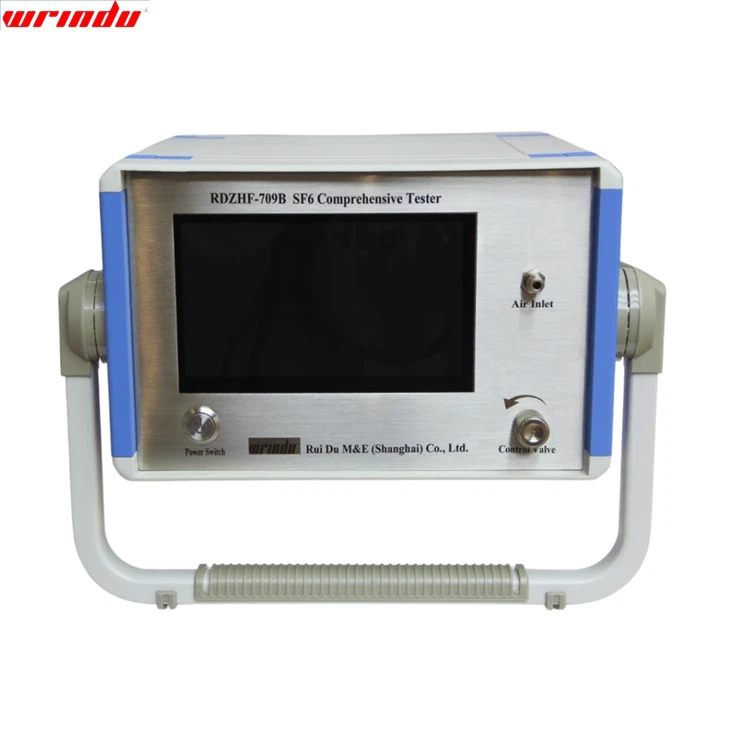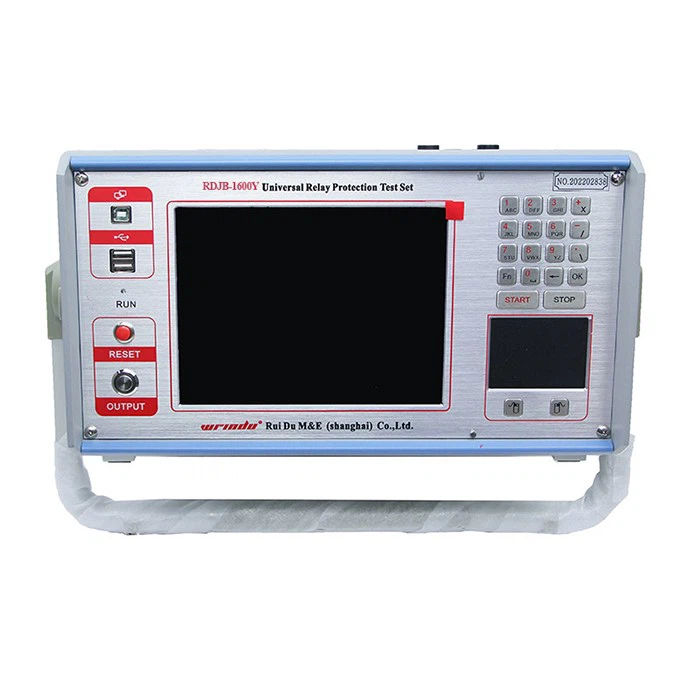OVERVIEW
- The Sweep Frequency Response Analyser is suitable for power transformers of 6kV and above voltage level and other special transformers to detect their winding deformation condition. Power transformers in operation and transportation are often subject to fault short-circuit current or physical impact. Short – circuit current triggered by strong electric force easily causes winding instability, local distortion, bulging, displacement, and other permanent deformations, which seriously threaten the safe operation of the transformer.
- Our Wrindu sweep frequency response analyser follows the international electrical standard IEC60076-18, using frequency response analysis to detect transformer winding deformation. Specifically, by determining the amplitude and frequency response characteristics of each winding, we can conduct vertical and horizontal comparisons. The results are based on the degree of change in these characteristics to research and judge the possible deformation of the windings. The system consists of a measurement unit and an analysis software module; the laptop computer completes the analysis work, and the measurement unit is connected to the laptop computer through the USB cable.
CHARACTERISTIC
- 1. The frequency sweep method is used to test the characteristics of transformer windings without the need for a transformer lifting cover or dismantling operation. Testing the amplitude – frequency response characteristics of each winding can accurately determine whether the windings of 6kV and above transformers are distorted, bulged, shifted, or have other deformation conditions.
- 2. Fast test speed: the test time of a single winding is 1-2 minutes.
- 3. High test frequency accuracy, up to 0.001%.
- 4. It adopts digital frequency synthesis technology to ensure a more stable frequency.
- 5. It is equipped with a 5000V voltage isolation function, which fully guarantees the safety of the test computer.
- 6. The sweep frequency response analyser supports loading 9 test curves simultaneously and can automatically calculate the relevant parameters, diagnose winding deformation, and provide diagnostic reference results.
- 7. It uses powerful analyzing software, and its software and hardware indicators align with the international electrical standard IEC60076 – 18.
- 8. Based on Windows platform development, compatible with Windows 2000, Windows XP, Windows 7, Windows 8, and Windows 10 operating systems.
- 9. The test data is saved in a database, which is easy to manage and view.
- 10. The software has a powerful management function and can meet field use needs. Test data are automatically saved and exported to Word format (Office software needs to be installed) or JPG format reports, which is convenient for generating test reports.
- 11. The sweep frequency response analyser’s software is highly intelligent. During the test, you only need to connect the input and output signals and press a button to complete all the operations.
- 12. The software interface design is simple and intuitive, with reasonable menu settings. The next menu will only pop up after the current operation is completed, making it easy for users to operate and use.
FAQ
Q:1. How do you perform an SFRA test?
A: An SFRA test requires initial equipment setup and connection. If necessary, baseline measurements should be captured, deformations induced, and the SFRA test repeated. Analyze amplitude and phase changes to assess winding condition. Document and interpret results for comprehensive condition assessment.
Q:2. What is sweep frequency response analysis equipment?
A: A PC-controlled digital instrument, the sweep frequency response analyzer, provides a portable solution for performing SFRA (Sweep Frequency Response Analysis) on power transformers. It complies with IEEE C57.149-2012 and IEC 60076-18 standards, facilitating accurate field analysis.
Q:3. What is the SFRA test connection?
A: The SFRA method applies numerous low-voltage signals with varied frequencies to the transformer. It measures the amplitude and phase of the applied terminal voltage VI and resultant voltage VO at another terminal to assess the transformer’s frequency response.
Q:4. What is the working principle of this SFRA product?
A: Transformer winding quality is checked by frequency sweep. This method can detect shape changes such as distortion without opening the transformer.




